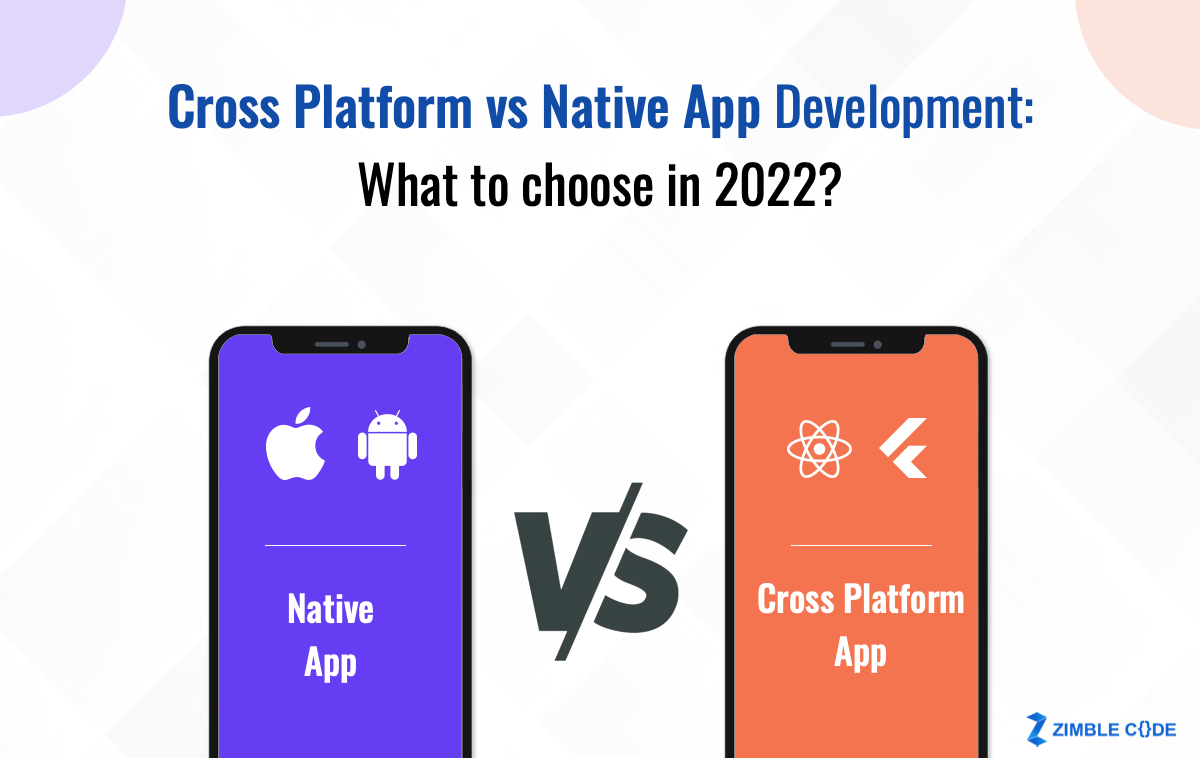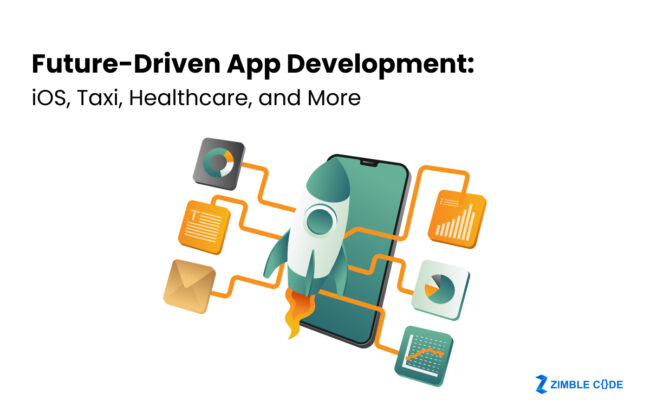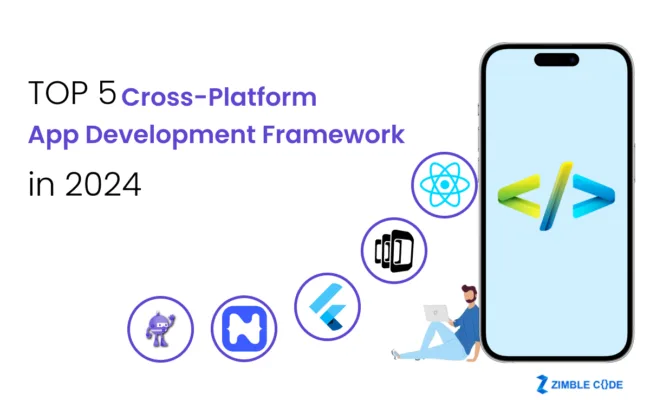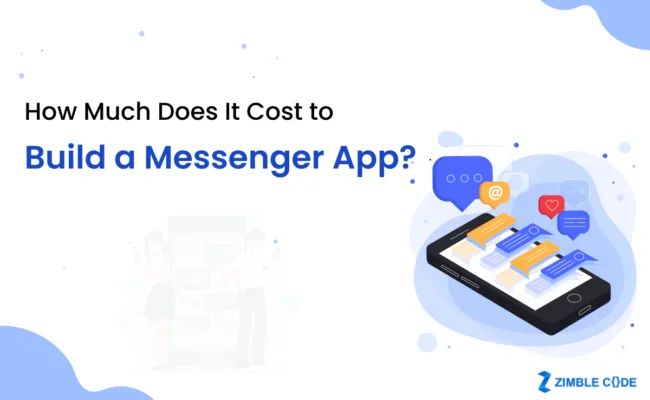Did you know? There are 4.4 million applications accessible on Google Play and the Appstore, addressing the 14 billion mobile phones in use globally.
If you are eager to release a mobile application, it is vital to select between native or cross-platform mobile app development. However, the decision is often influenced by numerous factors including both long-term and short-term effects on price, time, and functionality.
Here, in this blog both approaches are discussed along with their advantages and disadvantages that can guide you to take a better decision for best mobile app development in Bristol, UK.
What is a Native App Development?
The phrase “native mobile app development” describes the process of creating a mobile application only for one platform. The app was created using tools and programming languages that are exclusive to one platform. For instance, you can create native iOS apps using Swift and Objective-C and native Android apps using Java or Kotlin.
As they are often very fast, native apps are recognized to provide excellent user experiences. Due to the aesthetics’ compatibility with the platform’s UX, the user experience is also improved. However, because they must conduct concurrent development for multiple platforms, entrepreneurs worry about the high cost of native app development.
Pros:
- Wide-ranging Functions: Every API and tool offered by the platform you’re working on will be available to you. There are no restrictions on how the programmers might use the new app technically.
- Improved Store Support: Since it offers greater performance and speed, a native app is simpler to publish and typically rated higher on the platform’s app store.
- Higher Scalability: Due to the flexibility in resource management and the variety of tools available, natively developed apps also tend to be more scalable.
- Excellent UX and high performance: High performance is produced by the direct communication between the code and the underlying resources. Additionally, native apps typically offer a superior UX that is exclusive to the platform.
Cons:
- Costly: It might be expensive to build native apps when you really need to launch for both iOS and Android. This calls for the deployment of two teams using various platforms.
- Time-Consuming: Since the work done on one platform cannot be replicated for another, developing native apps takes time. Instead, the second version has to be worked on by a different team.
What is Cross-Platform App Development?
The process of developing an app that is compatible with many platforms is known as cross-platform development. The apps generated may be deployed on both Android and iOS by using tools like React Native, Xamarin, and Flutter.
According to Best mobile app development in Bristol, UK, cross-platform development can save costs and time, but there is a chance that quality could suffer. The performance of an app will suffer as a consequence of the increased abstraction layer that is required to make it work efficiently across different platforms.
Start-ups will choose cross-platform development because of the time and money savings. You should be aware, nevertheless, that going beyond the framework’s permitted customizations may be more challenging.
Pros:
- Lower Cost: To design a cross-platform program, you will only require one development team as opposed to two. Consequently, you will reduce the cost of development.
- More rapid development: A single development cycle is sufficient to produce an app that works across many platforms.
Single-code base: There is just one code base built for the app because it was developed using a single cross-platform development tool. - Single-code base: There is just one code base built for the app because it was developed using a single cross-platform development tool.
Cons:
- Delayed app: The cross-platform application is slower than its native counterpart because it requires an additional abstraction layer and rendering procedure.
- Limited Capability: Accessing smartphone features like the microphone, camera, and geolocation in ways that are feasible for a native app may be challenging for developers.
- Limited UX: Native UX elements are not available to cross-platform apps. As a result, it cannot provide the same UX experience to which the platform is accustomed.
Factors to Consider When Choosing Development Approach
- Complexity
Cross-platform development will be a wise decision if you’re creating an app that just displays data collected from the network. However, you should choose native mobile app development if it entails intensive processing or calls for access to low-level APIs like Bluetooth.
- Cost
Although native programming results in high-performing programs, it might be expensive to construct. Cross-platform development is the best option if you just have a small budget to work with. As just one codebase is needed to produce an app that runs on both iOS and Android, you’ll save between 30% and 40%.
- Development Time
In certain projects, you’ll want to launch an MVP app right away. Here is where cross-platform development should be taken into account. There is no need to develop two versions of the app. Alternatively, an app may be published for both Android and iOS after only one cycle of development.
Native development is the solution if you’re searching for excellent aesthetics and an engaging user experience. When working in a native environment, developers may access UI/UX components. Cross-platform will significantly restrict the UI/UX of the app.
Wrapping Up!
The benefits and drawbacks of native versus cross-platform mobile app development are distinct. In the end, the decision to choose either approach depends on the project’s requirements and the involved developers’ skill levels.
The best option for performance and user experience continues to be native apps. You’ll feel at rest with fewer defect rates and better images despite their higher expense. Cross-platform apps may be created quickly and easily, but it will require more work to provide the same level of user experience on each platform.








Leave A Comment